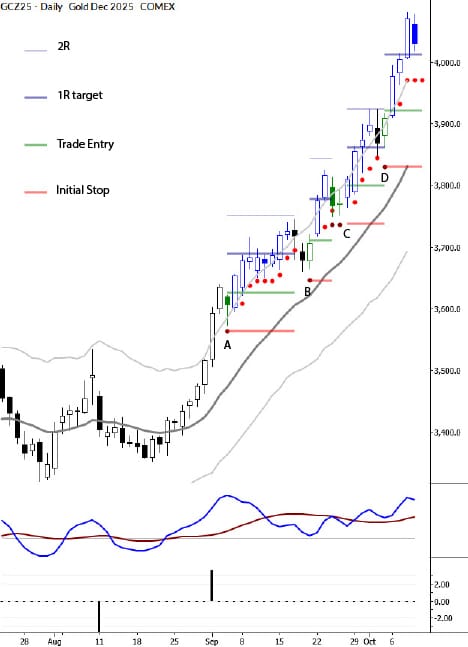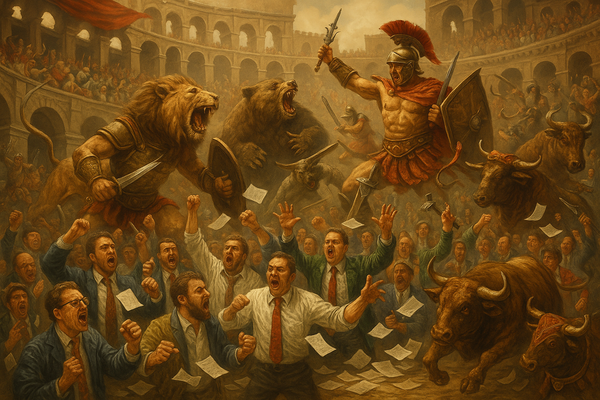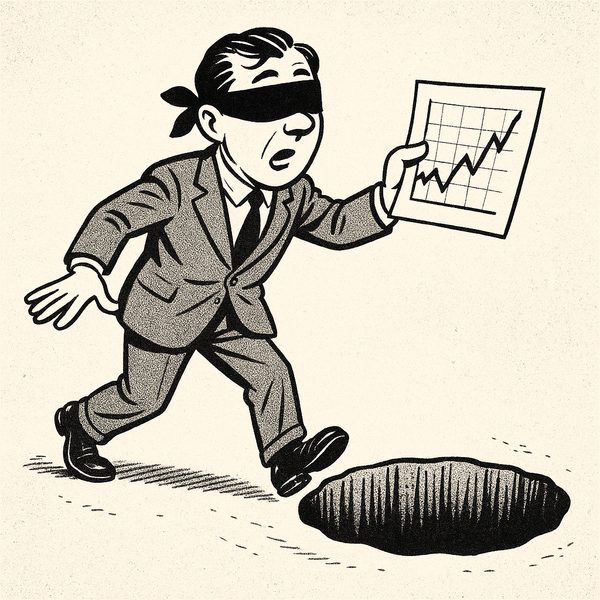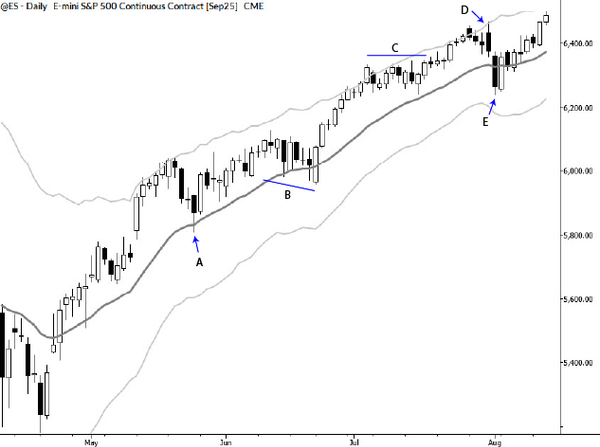One Mistake Can Kill: Why Almost Right Is Still Wrong

Here we are in the dog days of summer. For many traders, this time of the year is usually difficult. Lower trading activity, volume, and generally lower volatility conspire to keep a lid on many opportunities. This is a time of year when I get a lot of thinking done, and sometimes even manage to create something. I’m using this time, this year, to launch a few writing projects: my (free) substack which will deal with some seriously weird topics eventually, and a renewed writing push here.
Trading is hard. There’s no denying that, and it’s more obvious at some times than at others. But why, exactly, is trading hard? That’s the interesting question. The answer can teach us a lot about the discipline, about markets, and about ourselves.
What makes trading special
Trading is very unusual—almost unique in the human experience. There are a number of things that make our interactions with the market particularly unforgiving:
- There’s an asymmetry in payoffs that means one mistake can sometimes erase months or even years of progress. You’re never immune to these mistakes; the best you can do is to keep them at bay with self-awareness and solid systems to manage your behavior.
- There’s also a striking lack of redundancy. Think of a nuclear reactor with multiple safeguards to prevent a disaster, or a modern airplane with systems backing up systems. Not that bad things can’t happen in those settings, but there are several layers of protection built in. Not so in trading. Open your platform, add a few zeros to the quantity, and push the button. Mistakes like that are just waiting to happen.
- Edges are thin. In fact, they’re so thin that some people say they aren’t real. In reality, there are edges, but they (or the specific expression of them) are less stable than we wish, and they are paper thin and leave no room for error. One small mistake can flip an edge to a liability.
- Constant feedback is both a blessing and a curse. You get feedback on your actions, but equal feedback from noise. Sorting out the difference is not trivial.
Mistakes happen and corrections must be made. This is the case in every discipline, in everything humans do. But, in most disciplines, a small mistake can be forgiven. A little too fast and below glideslope, a cut that wanders slightly off the mark, or a chess move that is perhaps not the best choice—in many cases, these can be overcome. Not always, of course—a blunder will still lose a chess game—but often.
In trading, there’s complexity hiding under the hood. Markets are dynamic, and they respond even to your own orders and actions. Maybe this is an infinitesimal factor, but it’s real and ever present.
What to do about it?
So what’s the solution? First, be aware of this complexity. This is one reason why I’m so allergic to so much of the shitty marketing in this industry: “learn this one simple magic pattern and trade with us and make profits.” It doesn’t work like that, though that’s an alluring and effective marketing message. “Trading is complex, difficult, and once you think you start to understand it you’re probably only beginning to appreciate the challenge.” That’s a more realistic message, but it’s not clickbait.
It is, however, the truth, and it’s a truth that I will shout from the rooftops. It’s also the truth that developing traders need to hear. If you think trading is easy, when you run into problems you’re likely to think that you’re stupid and not suited to the task. If you appreciate just how hard trading is (and how big the rewards can be), you’ll be far more likely to persevere.
Trading isn't like horseshoes or hand grenades. (Actually... it's a lot like hand grenades in some ways lol.) Close doesn't count. Almost right is all wrong. Getting almost everything right results in failure. It's gotta be right. Everything has to be right, and it has to be all right.
What can you do? Build those systems and build in as much redundancy as possible. Use checklists, a solid trading plan, and evaluate everything on a regular basis. The market doesn’t care how hard you try. It only cares if you’re right, and what you do when you’re right and wrong.
In upcoming posts, I’ll show you how to read the market, how to craft edges that work for you, and how to avoid the common mistakes that lead to trading failure.



